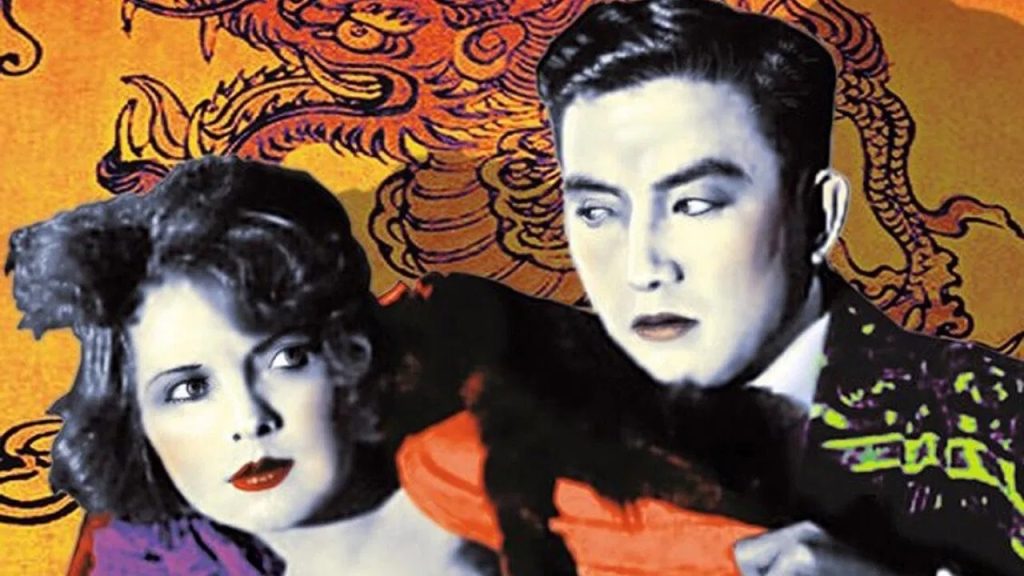How has the Depiction of Gambling on Screen Evolved Over Time?

Where to start when it comes to gambling in films? There are so many iconic films out there, from the suave Daniel Craig’s poker face in Casino Royale to Jessica Chastain’s perfectly poised poker empire in Molly’s Game.
As an expert in all things gambling, I’ve always been interested in how the activity has been portrayed in film and how that’s evolved over time. Gambling has been depicted on screen since the very founding days of cinema (more on that later), and over time, we’ve seen it used as a plot device in more and more films. So, grab your popcorn and take a trip through time with me to see how gambling scenes have evolved over the years!
The Early Days of On-screen Gambling
When I said that gambling in cinema dates back to the very earliest days, I truly meant it! The first example dates all the way back to 1899 and a 20-second silent film called Poker at Dawson City.It was shot in Thomas Edison’s (yes, the lightbulb guy!) studio, Black Maria, and shows a fight breaking out amongst card players. That’s just a few years after the very first celluloid roll film shot by George Eastman in 1885—the groundwork for the development of the films we watch today—showing that gambling and cinema were truly intertwined since the start!
Gambling With the Plot
Following these early depictions of gambling on screen, the activity began to be used seriously as a plot device after the turn of the 20th century. The 1915 silent film, The Cheat, is often seen as one of the first films to use gambling in this way; the socialite Edith (played by Fanny Ward) gambles away the money entrusted to her for the Red Cross Charity, which shows the beginning of her troubles in the film.
As she struggles with gambling addiction, she becomes more and more desperate to regain the money, which drives the disastrous events that follow. The Cheatwas an immensely popular film, grossing £140,000 worldwide and inspiring a number of remakes over the years.
Introducing Sports Betting
Although casinos are the most common form of gambling featured in films today, many of the original films featured sports betting. One of the most notable early examples was 1934’s Broadway Bill,which prominently featured horse race betting.
It’s not just a glancing mention, the resolution of the plot actually relies on betting. Broadway Bill—the horse owned by protagonist Dan Brooks—is initially removed from the climactic race after Dan fails to pay his stabling and food bills. Their luck turns around, though, when millionaire J.P. Chase places a throwaway $2 bet on Broadway Bill to impress a woman. This leads to a flurry of bets to back the horse, and he’s allowed back into the race before ultimately winning! It’s one of the first films to feature sports betting as such a prominent plot device.
Film Noir and Gambling
The film noir genre, popular throughout the 1940s and 50s, that focuses on the blurred divide between good and evil, helped popularise the depiction of gambling on film to convey character and plot. In the 1950 film Gambling House, card games like poker and blackjack were used to darken the atmosphere and reflect the shady sides of its characters.
It’s also through the film noir genre that we began to see films that really centred gambling as their setting or plot; popular examples include Dark City(1950) and The Great Sinner(1949). The first sees the protagonist—Danny—running an illegal gambling venue, and it features an iconic scene where he wins over $10,000 playing craps. The latter is an exploration of the consequences of gambling addiction based on the novel by Fyodor Dostoyevsky.
A Pattern Emerges
If you haven’t already noticed, there’s a bit of a pattern to the portrayals of gambling on the screen in the early days. Many of the films I’ve already mentioned focused on the psychology of gambling addiction and shady—often illegal—gambling venues. While lots of these earlier films remain iconic depictions to me, it’s not until the end of the 20th century that we saw the glitz and glamour we often associate with casinos depicted.
Gangster Films and Casinos
If we take a look at some of the most iconic casino scenes, we’ll see a substantial crossover between them and gangster films. We’re talking about some of the most famous movies of all time, like Scorsese’s epics, Goodfellas(1990), which features one of the iconic intros of all time, and of course, Casino(1995).
Rather than focusing on the associated negatives of gambling, these films explore power and control by using the high stakes of gambling. They perfectly highlight the gangster’s illusion of power and how, eventually, all winning streaks come to an end.
The Ultimate Gambling Movie
It’s pretty hard to choose, but I would say that Casino is probably my favourite depiction of gambling on screen. Based on the non-fiction exploration of gambling in Nicholas Pileggi’s Casino: Love and Honor in Las Vegas,Robert De Niro plays an icy casino manager (Sam Ace Rothstein) with dangerous ties to the Chicago mob. The gambling in the movie perfectly illustrates the highs and lows of Ace’s time as casino manager
The fictional Tangiers Casino, which is the main setting for the film, is based on the real Stardust Casino, which can be found in Las Vegas. It certainly feels like a realistic representation; the bright lights of the casino façade are mesmerising, and the film perfectly captures the electric casino environment. It’s widely recognised as one of the most accurate casino environments, and that’s likely because Scorsese used the real Riviera Casino for authenticity!
Modern Portrayals of Gambling
There are almost countless examples of gambling in modern-day cinema—from the blackjack card counting scene in The Hangover(2009) to the Macau Casino Dragon Pit in Skyfall (2012). We’ve come a pretty long way from the original depictions focused on the seedier side of gambling, with films like The Hangoverhumorously representing gambling as the fun activity it should be!
The Bond Between Bond and Gambling
It would be remiss of me to finish the article without mentioning the depiction we’ve seen of gambling in James Bond films throughout the years! The most iconic of which can be found in 2006’s Casino Royalestarring Daniel Craig and Eva Green; it’s full of tense hands of Texas Hold ‘Em poker, which position Bond’s cool intelligence against the overconfidence of his opponent in Le Chiffre (played incredibly by Mads Mikkelsen).
A sizable chunk of the action takes place throughout casino scenes, with Bond even being poisoned at the table; he’s ultimately revived by Vesper Lynd (Eva Green) and continues on to win the poker tournament. The franchise can be credited with the romantic notion of the glitz and glamour of gambling that many of us picture when we think of casinos.
Realistic Representation
One of the best takes on the real ups and downs of gambling is Molly’s Game (2017)—the biographical film based on a memoir by Molly Bloom. It follows her path into the world of underground gambling as she establishes independent poker rings; her poker empire is frequented by celebrities but ultimately comes crashing down when it’s raided and shut down by the FBI.
Molly’s Gameis a different take on gambling compared to the other films we’ve looked at, with risk and destruction symbolised elegantly in each hand of poker.
How has Gambling Been Portrayed in Film?
Gambling was depicted in the very earliest days of cinema and has remained a constant throughout time. Initially, films focused on the negatives of the dangers of gambling—including addiction and violence. It was an especially popular plot tool in the film noir genre and helped many of the genre’s best films create their necessary dark and dangerous atmosphere.
It wasn’t until the late 1980s that we really began to see films featuring the bright lights and bustling environment of casinos that shaped many of our perspectives of gambling. Gangster films, which used the dangers of gambling to represent the risky lifestyles of gangsters, went a long way to creating this idealised picture; the romanticism of gambling has been further solidified by various Bond films and even humorous takes like The Hangover.
The industry faces a sizable challenge to balance the fun side of gambling with the potential consequences, but the depictions of gambling on screen don’t seem set to dry up any time soon!
Slobodan Brkljac entered the iGaming industry back in 2020 and has already established himself as one of the most renowned voices! Although his personal passion lies in slots, readers can enjoy his insights into a range of games, as he’s always testing out the newest options in the market - specifically, he’s the go-to expert on game mechanics.

